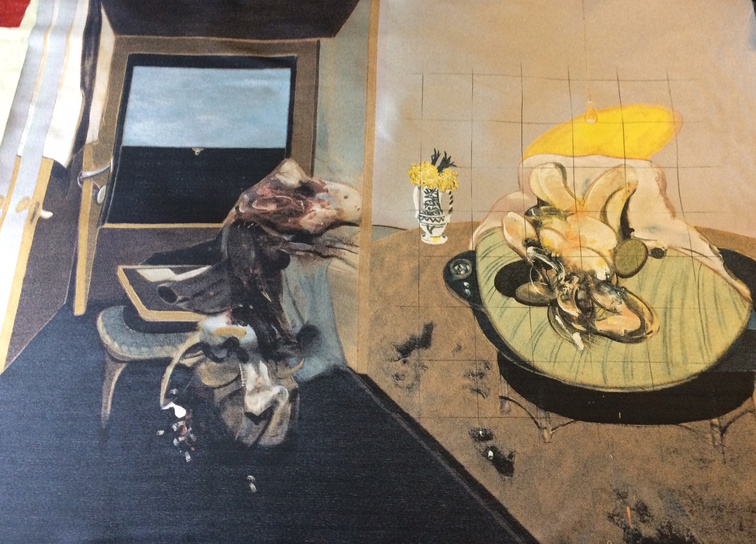Zheqiang Zhang: 4 Days to Graduation 2017

The following is an excerpt from an interview with Zheqiang Zhang:
INTERVIEWER
Could you briefly describe your design process?
ZHANG
From the beginning, I always have a general idea, the architecture, of what it’s going to be and every impulse thereafter is born out of an idea to form. Often in the construction of a running, oblique coherence. As I evolve an idea, it organically changes and grows, it never comes out as it starts, because you learn a lot more as you get into the subtleties of it. And then at some point, all these ideas and notes I had, all these observations I’d saved up to use, finally begin arranging themselves automatically in relation to one other. It’s this process that’s enjoyable.
But I should add that there is, in fashion, also an image-making function, above image-retailing. To create an outrageous figure like Leigh Bowery is perhaps in some ways more of an accomplishment than the ball gowns of Dior. That being said, I don’t think a designer pragmatic in his life should pretend to philosophy in fashion, especially not to placate imagined critical voices, since they invariably seem more ersatz than lived.
INTERVIEWER
Many of the qualities in this collection are self-consciously small: meticulous attention to detail, a rather intimate tone, and a considerable degree of observation.
ZHANG
I’ve been tempted time and again to inject some sort of apparent vogue element for the sake of publication. At the beginning, I had intended to magnify and apply my needle punch technique throughout the surfaces of entire looks—For that editorial image. When I began at Parsons, I had absolutely no formal background or knowledge in fashion. All I had was an overriding ideal of ornament—the exquisite beading and embroidery on a Poiret ensemble, or the exaggerated opulence in a Galliano show—that I wanted to try to get close to in reaction to the Haute Couture style of that moment. I thought, ‘My designs are going to be ‘timeless’ and expensive and embellished, because that’s the kind of fashion that really enthralled me’. But now I think, Well, I did that. There are other ways about it.
It’s a symptom of a larger change I think. What I really wanted to demonstrate with this collection is an almost Dutch-painterly reverence for everyday routines and objects—a belief that they’ll start to radiate with significance if we only pay close enough attention. Perhaps this has led certain people to conclude that the clothes themselves are trivial or old-fashioned, struggling to stay afloat within the harsh and changing world of contemporary fashion. But I perceive my disparate subjects as translating a remarkable range of experiences. And if I’m lucky, some transformation occurs where knowledge emerges.
INTERVIEWER
Do you consider this collection art?
ZHANG
I would like to make a distinction—that this collection really takes secondary place to the ideas and artworks that have informed it. An appendage to evoke some kind of reality. In a way, the collection is a placeholder and substitute for the real thing. I have a friend who recently endeavored to sell his artwork to a fashion retailer, and as a supplement to that work, a shirt bearing the print was included. The sale didn’t go through, but I think he was to some extent successful in identifying a distinction between fashion and art. He was able to put into a singular idea what I’d been incessantly contemplating.
The graduation project is an attempt to address UN Goal 12: “Responsible Consumption and Production”.

